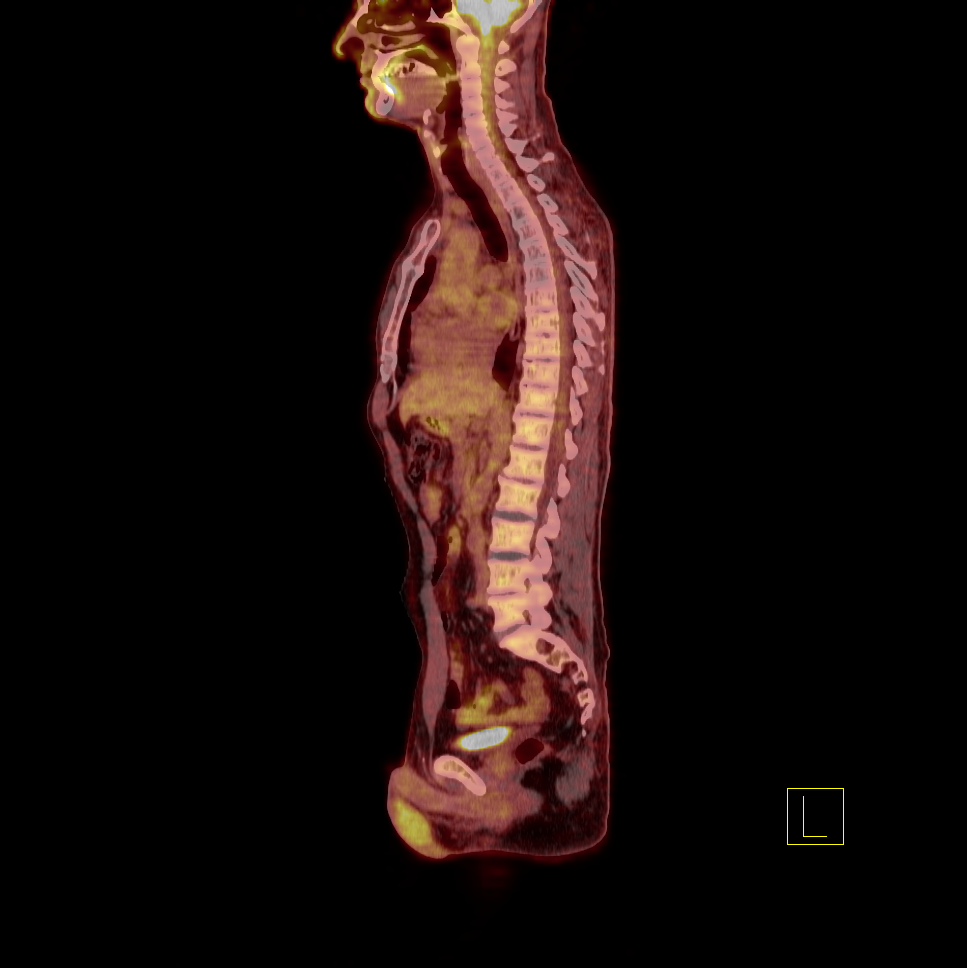Nuclear medicine and molecular imaging subspecialists identify and treat diseases in their earliest stages through the use of small amounts of radioactive material, which is either injected, swallowed or inhaled into the body. This allows specialized equipment to detect the radiation, producing a digitized image of the body’s tissue and organ function, rather than just anatomic structure. These images are often combined with patient anatomy scans, allowing detailed assessment of both form and function.
Nuclear medicine and molecular imaging allows radiologists to view the body at a cellular level and can help identify many diseases not detectable by other means. These imaging techniques are commonly used to evaluate the gallbladder, liver, thyroid, lungs and heart without surgery. They also facilitate the early diagnosis of numerous diseases including cancer, often before symptoms appear and can even assess the effectiveness of ongoing cancer therapy.
Bone Scan | Skeletal scintigraphy (bone scan) helps diagnose and evaluate a variety of bone diseases and conditions using small amounts of radioactive materials called radiotracers that are typically injected into the bloodstream, inhaled or swallowed. Because it is able to pinpoint molecular activity within the body, a bone scan offers the potential to identify disease in its earliest stages.
Lymphoscintigraphy | This exam helps evaluate your body’s lymphatic system for disease using small amounts of radioactive materials called radiotracers that are injected into the skin. Because it is able to pinpoint molecular activity within the body, lymphoscintigraphy offers the potential to identify lymphatic disease in its earliest stages.
PET/CT | Combines the metabolic activity results of a PET Scan with the precise anatomical localization of a CT Scan. This allows our physicians to pinpoint the exact location of cancerous tumors within the body.
Multiple organ specific functional studies | Other specialized isotopes help us evaluate the shape and anatomy of various organs such as the thyroid, liver, stomach and heart.
To learn more about these procedures visit www.radiologyinfo.org








